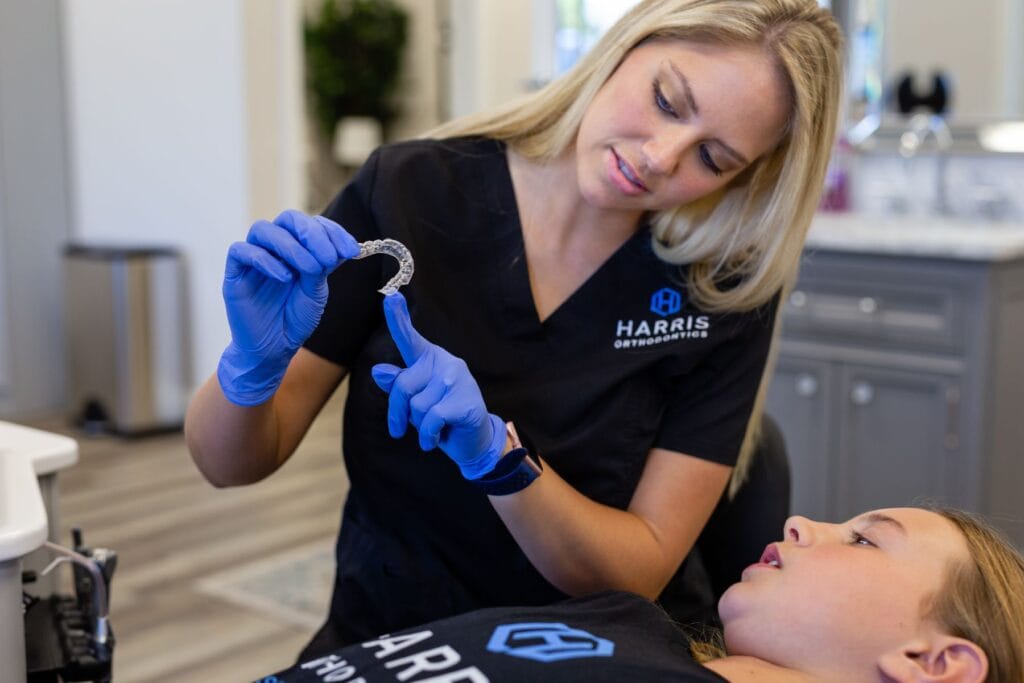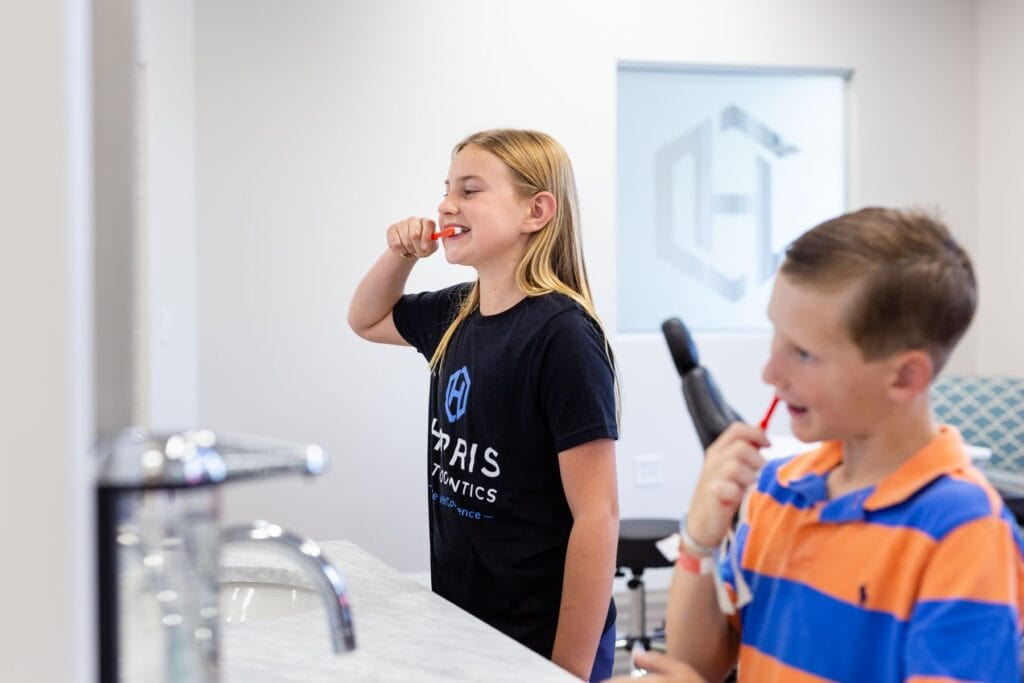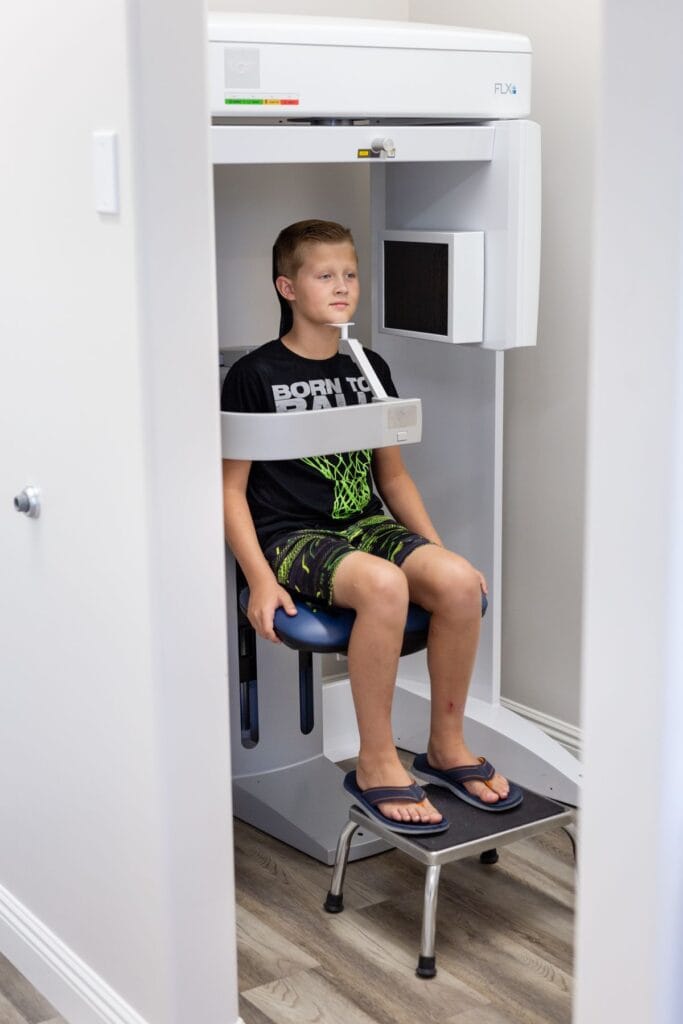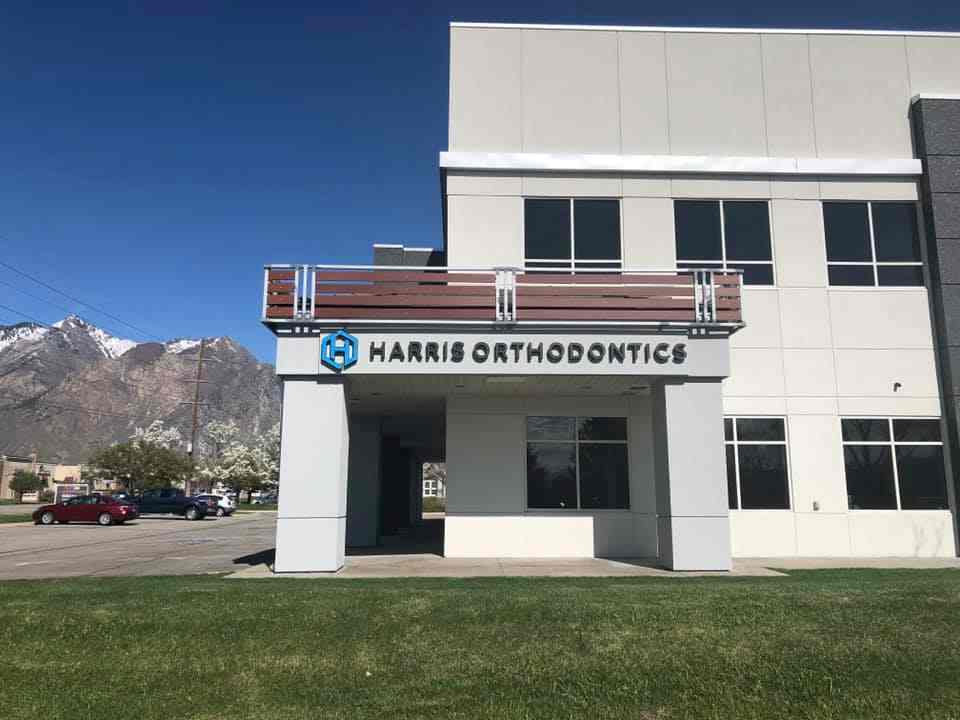Dr. Harris was approachable, sincere, and very flexible with our busy schedule. He provided a "no-pressure," free consultation where he educated me about the different options for my family. He has great technology, even using software that provides insight for patients that might struggle with sleep apnea. He has been super helpful, offering ideas and suggestions that are affordable, creative, and fit any comfort level. I admire his work ethic, his care for the community, and his genuine interest in the best result for my family. I came in looking for my son for some braces, and left with the three of us getting some treatment! Thanks so much!
Orthodontics
Smile With Confidence
THE TREATMENT YOU NEED
How We Help
We utilize state-of-the-art technology to craft your dream smile. Plus, we offer a variety of treaments to best fit your lifestyle. We will make scheduling with us easy and offer affordable payment plans that suit you best.
Invisalign®
 Invisalign is a revolutionary teeth-straightening system that delivers beautiful smiles addressing many of the concerns with traditional braces. Dr. Harris is a Diamond+ Provider, giving you the best quality results.
Invisalign is a revolutionary teeth-straightening system that delivers beautiful smiles addressing many of the concerns with traditional braces. Dr. Harris is a Diamond+ Provider, giving you the best quality results.


Other Treatments
Harris Orthodontics treats your whole smile by offering technologically advanced solutions from cosmetic to health-improving remedies including TMJ Treatment, Gum Shaping, and Sleep Apnea Screening.














